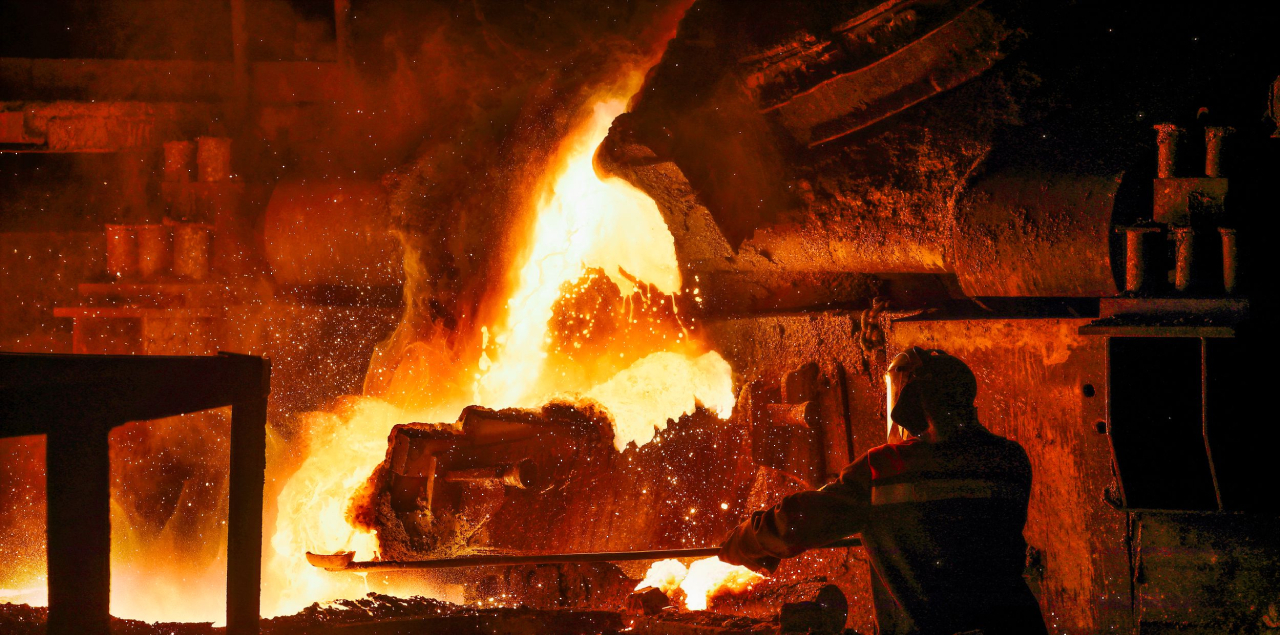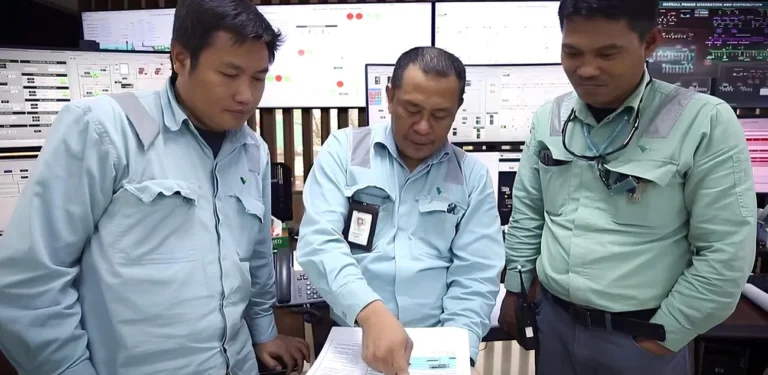
Global nickel production overview
Nickel plays a pivotal role in modern industry, especially as a key component in stainless steel and batteries for electric vehicles (EVs). In 2024, global nickel production was around 3.0 million metric tons, driven by demand from China and accelerating EV adoption. Indonesia leads the world in nickel output, accounting for over 40% of global supply, followed by the Philippines, Russia, and New Caledonia.
The industry has bifurcated into two main production types: class 1 (battery-grade nickel) and class 2 (primarily used in stainless steel). Indonesia’s dominance is mainly in class 2, but recent investments by Chinese firms are pushing the country into battery-grade production as well.
Environmental and geopolitical concerns increasingly influence supply dynamics. With rising ESG expectations and critical mineral strategies among Western countries, investors are turning attention to nickel companies with responsible sourcing practices and assets in stable jurisdictions.
Leading nickel mining companies
Several established nickel mining companies dominate the global landscape through high-volume output, diversified portfolios, and strategic market positioning:
Norilsk Nickel (Russia): A leading global producer, Norilsk accounts for approximately 6% of total global nickel supply. Its operations in Siberia also make it one of the lowest-cost producers, but exposure to geopolitical risk has impacted investor sentiment.
Vale S.A. (Brazil): Vale’s integrated operations include mining, smelting, and refining, with a strong focus on class 1 nickel. The company’s Canadian operations, such as Voisey’s Bay, are especially critical to EV supply chains.
BHP Group (Australia): Through its Nickel West operations in Western Australia, BHP is positioning itself as a supplier of sustainable battery-grade nickel. Its partnerships with Tesla and other automakers underscore its strategic relevance.
Glencore (Switzerland): A diversified mining giant with nickel assets in Canada (Raglan and Sudbury), New Caledonia, and Australia. Glencore’s exposure to class 1 nickel and strong trading arm make it a key player in global markets.
Jinchuan Group (China): One of China’s largest nickel producers with global operations, including in Africa. While less visible in Western markets, Jinchuan plays a crucial role in global supply chains.
These nickel companies represent the core of the industry and are central to understanding global market flows, especially in the EV-driven demand cycle.
Emerging players in the nickel sector
New entrants and junior miners are targeting high-grade projects in favorable jurisdictions to meet future demand, especially from the EV sector:
Canada Nickel Company (Canada): Its Crawford project in Ontario is one of the largest undeveloped nickel-sulphide resources globally. The company is advancing permitting and feasibility stages with a strong ESG focus.
Talon Metals (USA): Partnered with Rio Tinto, Talon is developing the Tamarack project in Minnesota, a strategic domestic nickel supply for the U.S. battery industry.
Nickel Industries Limited (Australia): A rapidly growing player with direct ties to Chinese stainless steel and battery producers. Operating several laterite projects, the company is integral to Indonesia’s downstream ambitions.
Premium Nickel Resources (Botswana): Reviving historical nickel assets in Africa, the company is positioning itself to supply ethically sourced battery metals to Western markets.
These emerging nickel mining companies offer high growth potential but also carry risks related to financing, project execution, and regulatory approvals. However, their relevance is increasing as OEMs and battery manufacturers seek diversified and sustainable supply chains.
Investment opportunities and risks
Nickel companies are attracting heightened investor interest due to their exposure to decarbonization themes. However, investing in this sector requires careful analysis of commodity cycles, jurisdictional risks, and project economics.
Opportunities:
- Growing demand for battery-grade nickel from EV manufacturers.
- Supply security initiatives by Western governments could support domestic projects.
- Long-term contracts with automakers offer price stability and financing leverage.
Risks:
- Geopolitical exposure, especially for companies operating in Russia or Indonesia.
- Price volatility driven by overproduction or demand slowdown.
- ESG and permitting challenges, particularly for greenfield projects.
Investors evaluating nickel mining companies should focus on cost profiles, ore quality (sulfide vs laterite), downstream integration, and ESG performance to assess long-term viability.
Technological advancements and sustainability
The nickel industry is undergoing rapid transformation through technological innovation and sustainability integration, especially under pressure from battery supply chains.
High-pressure acid leach (HPAL): Used to process laterite ores into battery-grade nickel, HPAL is being adopted in Indonesia with mixed environmental results. Projects like the Ramu HPAL plant in Papua New Guinea are pivotal in converting class 2 nickel to class 1.
Carbon capture and recycling: Companies such as Canada Nickel are exploring carbon-neutral mining through tailings carbonation and renewable energy usage, aligning with global decarbonization goals.
Digitalization and automation: BHP and Vale are deploying AI, predictive maintenance, and autonomous fleets to reduce costs and enhance safety, setting new operational benchmarks.
ESG-focused reporting: Stakeholder pressure has led to broader adoption of TCFD and GRI standards, especially among publicly listed nickel companies.
These initiatives are reshaping how nickel companies operate and are evaluated by investors. Firms leading in tech adoption and transparency are more likely to secure capital and long-term contracts.
Future outlook for the nickel industry
The nickel industry stands at the crossroads of energy transition and geopolitical realignment. Demand from the EV sector is projected to increase fivefold by 2030, especially for high-purity class 1 nickel used in lithium-ion batteries.
However, short-term oversupply from Indonesia and substitution with other chemistries (e.g., LFP batteries) could temper price growth. Longer term, class 1 nickel shortages in North America and Europe may fuel strategic investments and M&A among nickel mining companies.
Sustainability and localization of supply chains will be defining factors. Companies with low-carbon profiles, strong governance, and North American or Australian projects are best positioned for sustained relevance.
FAQ
Who is the largest nickel mining company?
As of 2024, Norilsk Nickel (Russia) is among the largest nickel producers by production volume, though Chinese company Tsingshan is the global leader. Despite geopolitical challenges, Norilsk produces over 200,000 metric tons of nickel annually, representing around 6% of global supply. Its vertically integrated operations offer significant cost advantages, although investor sentiment is affected by regional risks.
What are the big 4 mining companies?
The “Big 4” mining companies typically refer to BHP, Rio Tinto, Glencore, and Vale. These firms operate across multiple commodities, including nickel. Among them, Vale and BHP have the most substantial nickel portfolios, with integrated supply chains geared toward battery-grade production.
Is nickel a good investment?
Nickel presents a compelling long-term investment opportunity, especially due to its central role in stainless steel and EV batteries. However, it is subject to significant price volatility and geopolitical risk. Investors should prioritize nickel companies with exposure to class 1 assets, ESG alignment, and strong balance sheets.
Is nickel mining profitable?
Nickel mining can be highly profitable, particularly for low-cost producers with access to high-grade sulfide deposits. Companies like Norilsk Nickel and Vale operate with healthy margins. However, laterite projects, especially those using HPAL technology, involve higher capital expenditure and operational risk, impacting profitability depending on market cycles.



